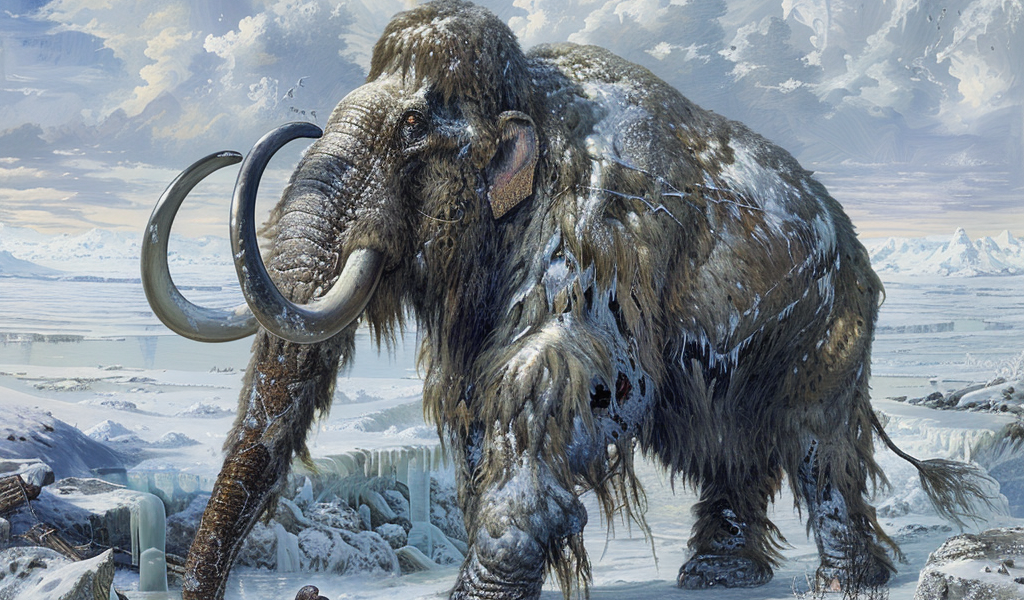For hundreds of thousands of years, the wooly mammoth thrived on Earth, measuring its stately tread across the frozen reaches. Then, something happened. Earth changed. And in a remarkably short time, the mammoths (Mammuthus primigenius) were gone, the last of them dying out 4,000 years ago, on remote Wrangel Island in the cold Arctic north.
Though it’s theorized humans contributed greatly to their eventual decline, it’s not clear what factors may have triggered the change in climate that put them in peril. One idea is that Earth was hit by a cosmic event nearly 13,000 years ago, warming the world beyond what was tolerable for mammoths and paving the way for other species to thrive.
This is called the Younger Dryas impact hypothesis (YDIH), and to call it highly controversial would perhaps be putting it mildly. Nevertheless, some scientists believe the idea has legs, and have been looking for evidence to support it.
One of those is archaeologist Christopher Moore of the University of South Carolina. ‘Some of our critics have said, ‘Where’s the crater?” Moore says. ‘As of now, we don’t have a crater or craters.’ Nevertheless, Moore and his colleagues believe that the evidence can be found if you conduct more than a surface investigation of Earth. And they also believe that they have found some of it – in the form of minerals with properties, they say, best explained by a cometary impact.
In their most recent paper, they describe several of these lines of evidence that in aggregate, they say, tell a compelling story. These different pieces of evidence come from layers of sediment dug from sites around the world, all dated using radiocarbon analysis to around 12,800 years ago – the period in which the impact is thought to have taken place. From roughly 50 sites around the world, i





